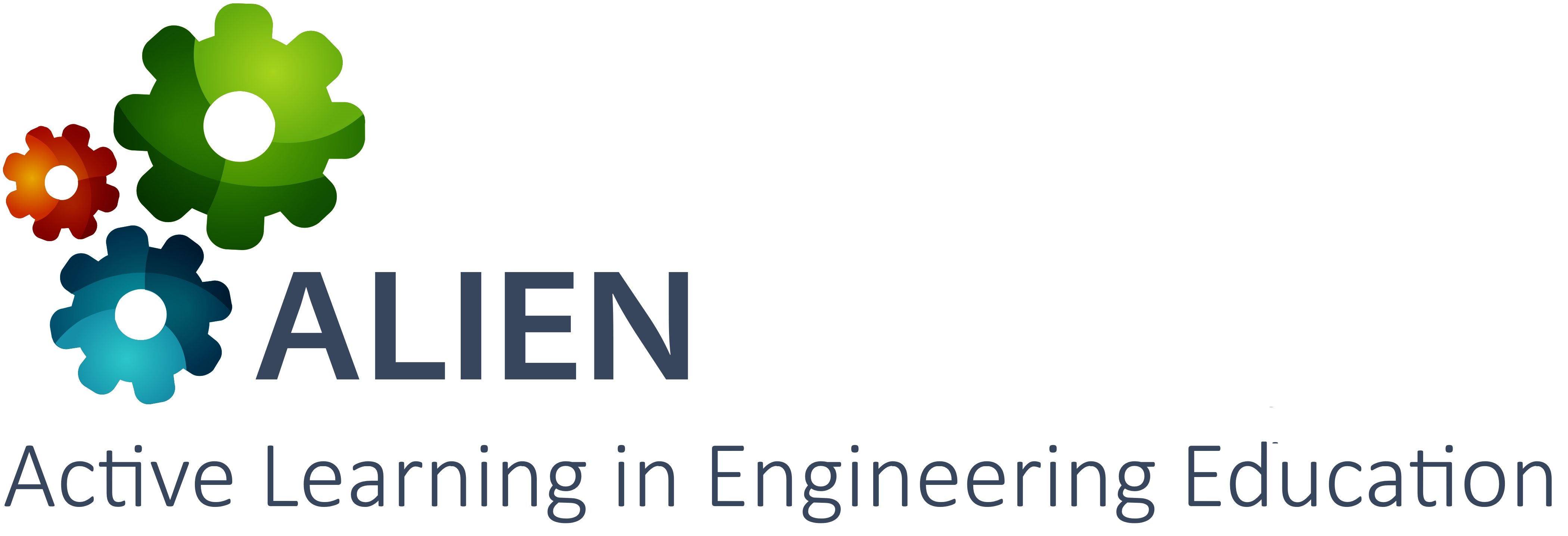Course overview
This course introduces basic semiconductor devices, including different types of diodes such as silicon, germanium, LED, varactor, photo, zener, and tunnel, rectifier, and bipolar junction transistors.
Participants in piloting
The course Basic Electronics is obligatory in the 1st year of undergraduate studies. This is a core course in the formal curriculum of the Department of Computer Science at the Hyderabad campus. Being close to the completion of their studies, participants are well familiar with semiconductor devices and circuits. The main focus of the course is implementing theoretical concepts into practical hardware solutions.
Use of ALIEN services and tools
The laboratory part of the course is based on problem-based learning and is performed on workbenches with instrumentation and breadboards. It involves performing laboratory exercises for better understanding of the basic principles of circuits and becoming familiar with instrumentation and semiconductor devices.
The practical exercises take place in the Electronics laboratory of the Department of Computer Science.
Students introduced a wealth of scenarios, a total of 14, on topics such as:
- Implementing diode biasing circuits and identifying terminals.
- Analyzing the voltage-current characteristics of diode in forward biased circuits.
- Analyzing the voltage-current characteristics of diode in reverse biased circuits.
- Implementing and analyzing half wave rectifier circuits.
- Performing and analyzing center tapped full wave rectifier circuits.
- Studying the operation of bridge full wave rectifier circuits.
- Implementing and analyzing diode clipper circuits.
- Implementing and inspecting diode clamper circuits.
- Implementing and studying the working of diode voltage multiplier circuits.
- Verifying the reverse characteristics and voltage regulation of Zener diodes.
- Understanding the working of LED and idzntify its terminals.
- Implementing logical gates using diodes.
- Identifying the terminal and probing the behaviour of bipolar junction transistors as switches.
- Analyzing the behaviour of bipolar junction transistors as amplifiers.
Practical activities are published through the ALIEN platform as good practices for the benefit of technical students and educators.
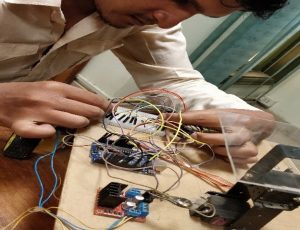
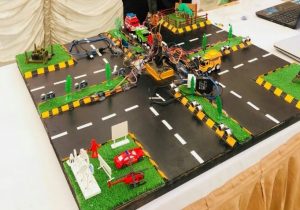
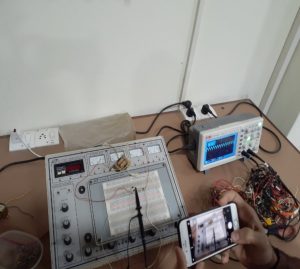
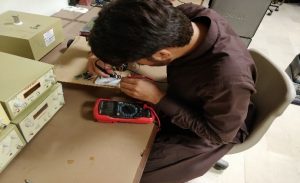
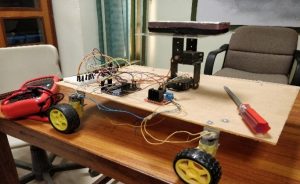

This subject presented an approach to designing Electronic Circuits Curricula based on problem-based learning and a common hardware platform, which made the subjects of electronics more appealing to students through a set of multidisciplinary projects. A problem-based learning approach has been designed and implemented taking electronics into account as important background knowledge for other core subjects in Telecommunications Engineering and Computer Science programs, such as signal processing, and communications.
